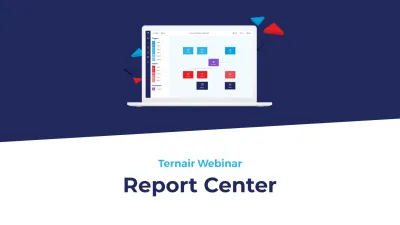Achieving a "single customer view" is a big ambition for many marketers. Indeed, bringing all relevant data together to compile a complete and up-to-date customer profile has tremendous benefits. But for most organizations, it has never been entirely within reach. With more transactions and interactions going online, it should be easier. Right?
Are online data sources the new silos?
The addition of channels and the consequent multiplication of possible online interactions and touchpoints, it turns out, actually present new challenges. The Ventana Customer Relationship Management Maturity Benchmark indicates that an average of 6 data source categories per company are used for customer analytics. Within each category, of course, there are several more subcategories.
Only 31% of organizations have aggregated their reports and analytics at the customer level. That means the vast majority of companies are missing insights here that arise from a "single customer view. The aggregation of data and customer profiles is also often used to enable various forms of segmentation and targeting.
Targeting based on an aggregated customer profile
Time for a real-world example of a retargeting campaign, where different sources are brought together to enable more targeted communications and higher conversion rates. As a first step, internal data sources with customer profiles, subscriptions, transactions and newsletters were unlocked and linked at a publisher.
The click behavior on these websites is recorded within Google Analytics. Special trackers from the email and campaign management system and digital 'fingerprints' are used to recognize the click behavior on a personal level. Via Google Analytics' API, the click data is retrieved and unlocked. It is then combined with the other sources of customer data.
Retargeting enrollment workshop
Within the retargeting enrollment workshop campaign, dropouts who started the registration on the website but did not complete it are approached. They receive an email to still complete the registration. To select the right target group, the click behavior on the website (dropouts registration process) must be combined with the ERP system with transactions (exclude workshop registrations). Then the e-mail can be sent.
The publisher thus has access to a useful customer view, compiled from different data sources: customer profile, subscriptions, transactions, newsletter and click behavior. This enables the publisher to select specific target groups in a very targeted way based on all available customer data.
And unfortunately, not everyone succeeds yet. Research by Smart Insights shows that targeting based on data and customer profile is not possible for everyone within the daily application, let alone targeting based on an aggregated (single) customer view. Some of the companies have already made steps in this, but often have not yet reached the desired level.
Flexible deployment of data for marketing
The flexibility of the deployment of customer profiles and marketing data, in other words, data agility, is becoming more and more decisive. Marketing automation allows you to respond quickly to recent behavior.
The second component of data agility, simply enough, is "Getting Things Done. In the recent study "The Speed Imperative," Econsultancy confirms what we already knew. The time it takes to complete marketing activities is very important. If it cannot be done quickly and easily enough, features and tactics will simply not be deployed.
A marketer will need to gather information from customers - enough to be relevant. This means he must be able to capture all types of customer data (profile, transactions, interactions, behavior). And then must be able to aggregate, combine, analyze and apply this customer data quickly, easily and flexibly.
A conclusion from the report, therefore, is that there is a huge difference in marketing ROI between organizations that use a fast marketing system compared to those that have a slow system.





